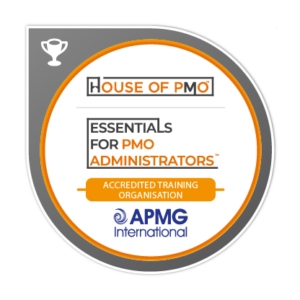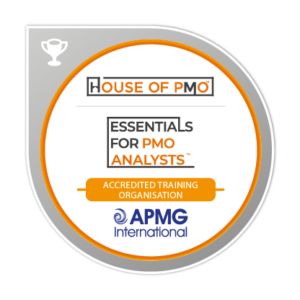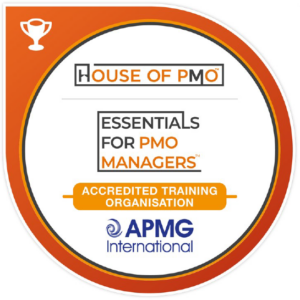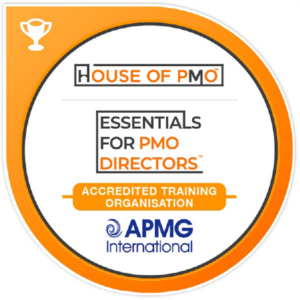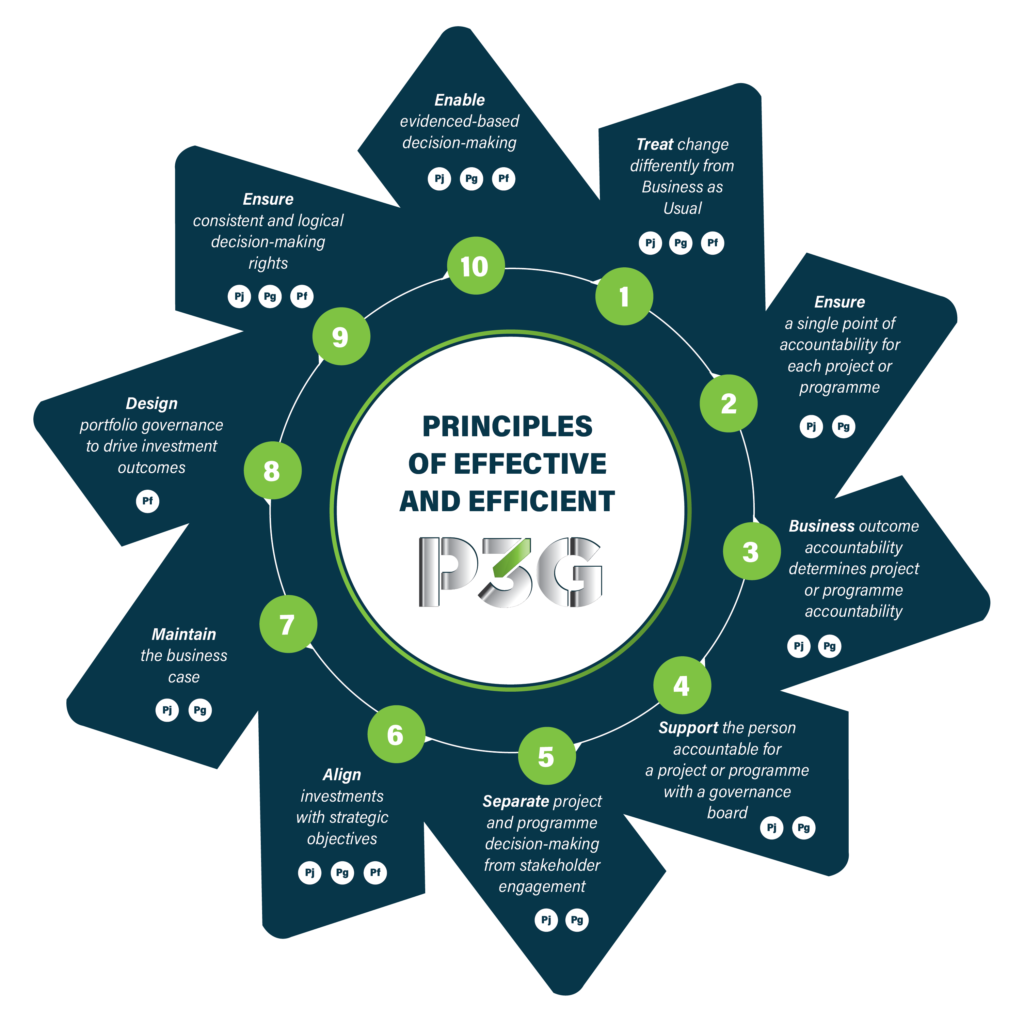
Whose job is it anyway?
When I got my first role in a PMO, I realised I’d found part of the organisation that I was happy to spend the rest of my career in. Back in those days, I had done the reverse step of most people in the PMO – I had been a Project Manager first then, via a role in HR, went into PMO. The norm then, and still prevalent now, is spending time in the PMO to gain project management knowledge and experience before moving on to be a Project Manager.
As the role of the PMO has become more established, a lifelong career in the PMO is now much more common – with roles as varied as planning to assurance and workshop facilitation to portfolio management. PMOs now exist in every industry across the globe.
Senior roles are also now prevalent. A search for PMO Manager on any job site will find you a wide selection of roles with some impressive salaries. As a PMO lifer with the right experience, these roles are within reach. Having set up, run and potentially managed a range of PMO services, stepping up to the role of working with the stakeholders to decide on what services the PMO needs to deliver is a natural progression.
However, there is a PMO job where the PMO lifer, may no longer be the best person for the job – that is, the role of PMO Director.
The role of the PMO Director (often Head of ePMO) is quite a different kettle of fish. The role of the PMO Director typically includes two key activities:
- Designing a PMO structure for the organisation and;
- Portfolio management.
Both of these roles depend less on PMO (or even Project or Programme Management) knowledge and experience, but a real understanding of the organisation coupled with the credibility to sit at the top table to help drive the organisation forward.
This opens up the role of PMO Director to those working in a senior operational role from Business-as-Usual. It’s great to see a PMO role be so desirable! For PMO lifers, if we want to compete at the top table, we need to be seen a more than just a PMO, project or programme specialist.
Designing a PMO Structure for the PMO
It goes without saying, that the key to success is to design and build the right PMO structure for your organisation. But talking about the structure in ‘our’ language – Portfolio Office, Hub and Spoke Model – will be meaningless to many in the organisation. We need to be able to explain how the PMO brings value, not in project and programme management terms but in the language and metrics of the organisation.
Portfolio Management
 There is still discussion in some quarters on whether the PMO ‘supports’ or ‘does’ portfolio management. But once again, whatever portfolio processes the PMO is involved with, the purpose is not to implement portfolio best management practice but to help the organisation deliver their strategy. Our focus must move from the successful delivery of projects, to the successful delivery of outcomes and strategically aligned benefits, articulated in organisation metrics. To do this effectively, our scope of stakeholders and reporting need to encompass business-as-usual, not just the portfolio of change.
There is still discussion in some quarters on whether the PMO ‘supports’ or ‘does’ portfolio management. But once again, whatever portfolio processes the PMO is involved with, the purpose is not to implement portfolio best management practice but to help the organisation deliver their strategy. Our focus must move from the successful delivery of projects, to the successful delivery of outcomes and strategically aligned benefits, articulated in organisation metrics. To do this effectively, our scope of stakeholders and reporting need to encompass business-as-usual, not just the portfolio of change.
Moving our focus from projects and programmes to an organisation perspective may not be an easy step – but essential to take that top position.
Enjoying Our Blog?
Sign up and receive all our articles (we’ll send you an update once a week!) plus special offers and events:






